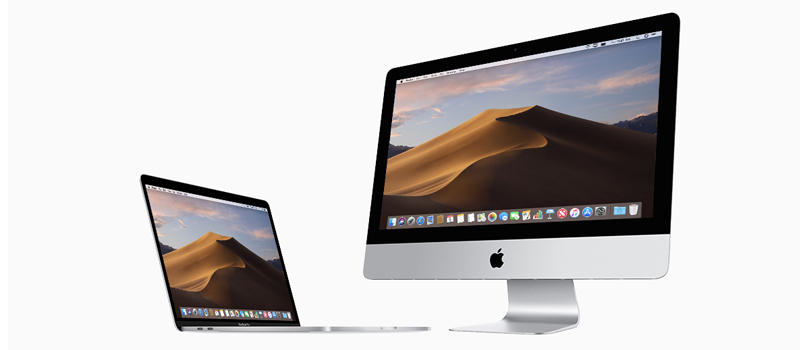Losing the necessary data is a disturbing experience for both students and professional. If you are using a mac, fortunately, you can use recovery software to recover lost files, Mac. Recoverit recovery program can help you to recover deleted files from a formatted disk, emptied trash bin, virus-infected Mac machine, and a crash operating system. Here are some easy tricks for everyone to recover deleted files in a few seconds.
Prevent Deletion with Regular Backups
Mac is an excellent machine for students and professionals. It has a built-n system to manage backups automatically. With an external hard drive, hook this drive up and navigate to “System Preferences – Time Machine – Choose Backup Disk.” You may choose an external hard drive and activate automatic backups.
Mac machine can manage data of your computer securely in the form of back up on an external drive. It allows you to browse back to check old versions of your files. Feel free to maintain an offsite backup on an external hard drive. Moreover, you can back up your data on the cloud, Dropbox or Google Drive.
How to restore deleted files on Mac?
If you want to know how to restore deleted files on mac, use recoverit data recovery software. See these simple steps to restore deleted files on your machine.
- Launch Recoverit Mac software and select “deleted files recover”. Hit “Start” to search for deleted files.
- Recoverit data recovery will immediately start a quick scan. You can check recoverable files after the initial scan. If you can’t find your desired records, you can begin a deep scan with “All-Around Recovery” mode.
- With deep scanning, recoverit can search maximum files. It may take more time to complete the scanning procedure.
- Once the scan is finished, you can see scanned results. Preview these files before recovering from trash mac and confirm the quantity or name of the file to retrieve. After selecting the desired files, you have to hit the “Recover” button and get all data back.
Keep it in mind that it is not safe to save your recovered files in a similar drive. You can lose this data again, or there is a chance of overwriting. Always choose an external drive or USB flash drive to save your recovered files.
Check Your Trash Can
A “Delete” button may not actually delete your files. Once you hit delete button, the selected files will be sent to the trash bin. To remove these files from Trash Can, you have to check it manually and eliminate them forever. You can find trash at the bottom of the dock. Open it and check the list of deleted files. Before removing them permanently, you can check these files to restore a necessary document.
If your files are stored on an external hard drive or USB flash drive, these devices have their individual Trash. You have to check these cans for deleted files. They will be hidden by default, so you may need some digging. While using an external hard drive, your machine may create some hidden folders. These folders can increase the efficiency of your system. You have to find “Trashes” from these folders. This folder may have the trash for this drive.
Enable Concealed Files in Mac Later or Sierra
If you are using macOS later or Sierra, you may view concealed files in the Finder by using Shift+CMD+hotkey. With an older version of Mac, you can activate hidden documents in Finder with the commands in Terminal. To see trashes folder, you have to run these lines in command prompt.
You can see an empty folder and trashes after running these commands. Feel free to run the similar command in terminal and replace “True” with “False” on the initial line.
Final Words
By keeping the backup of important files in different places, you can avoid the chances of data loss. Feel free to keep your essential files on a flash drive, on the cloud, Google Drive, and Dropbox. After losing your files, you have to stop the use of your machine immediately. It will decrease the chances of overwriting. Consistent use of Mac can download or create new files on the location of lost files. With reliable data recovery software, you can recover your data and files within a few minutes.

